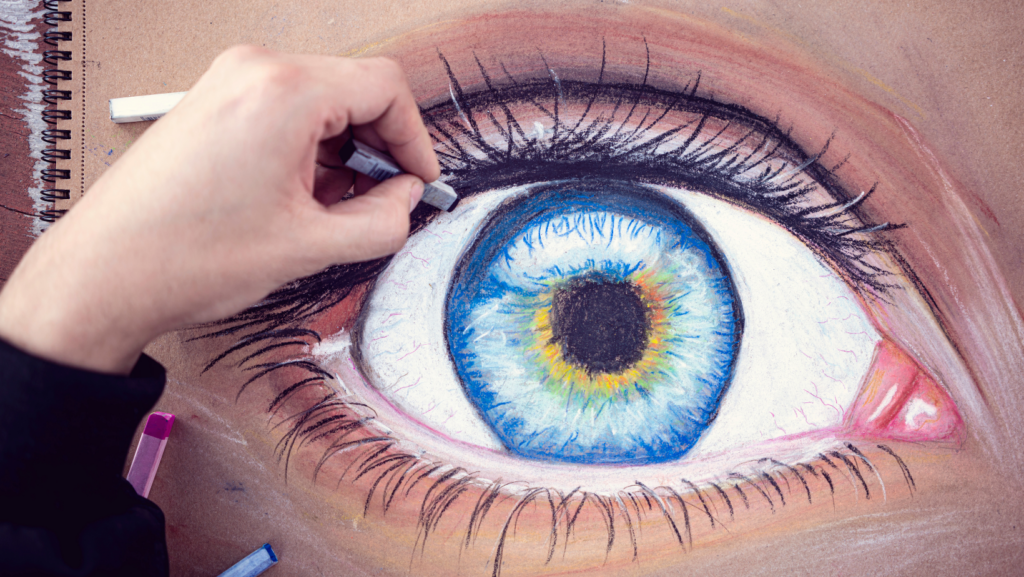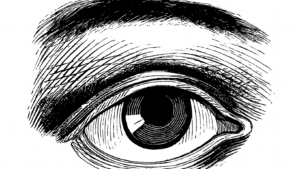
In the vast universe of art, ojo stands as an intriguing concept. It’s a unique blend of cryptic nomenclature and artistic expression, a topic that’s sure to pique the curiosity of art enthusiasts and novices alike.
This article serves as a gateway into the fascinating world of ojo, shedding light on its origins, interpretations, and significance. It’s not just an exploration of art, but a journey into a realm where creativity and mystery intertwine.
So, brace yourselves for an enlightening deep dive into this captivating topic. Let’s unravel the enigma that is ojo together.
Dibujo:R46nrmo82u4= Ojo

Unfolding the cryptic expression of ojo uncovers layers of intriguing insights. Unraveling its interpretation gives an exciting understanding of the blend of cryptic nomenclature and artistic expression it reflects.
Delving into the historical context, it becomes evident that the term ojo has its roots deeply embedded in art and symbolism. The word dibujo, derives from Spanish, suggesting drawing, sketch, or design, reflective of an integral part of visual arts. On the other hand, “ojo,” another Spanish-origin word, translates to “eye,” one of the most common symbols in art, often associated with vision, perception, and spiritual insight.
Contrasting these literals, the cryptic string remains a mystery in this expressive junction- leaving the interpretation open-ended, and adding to the depth of the phrase.
The Significance of Eye Symbolism in Dibujo

The eye, as depicted in ojo, isn’t simply a visual organ representation; it’s a symbol patiently waiting to be explored and interpreted. By unveiling various societal and psychological layers linked to this drawing, we can gain a deeper understanding of its extensive significance.
Across diverse cultures, eyes possess symbolic meanings, contributing to the rich semiotics of ojo. In Egyptian civilization, for instance, the “Eye of Horus” stood as a symbol of protection and wisdom, while in Christianity, it represents God’s omnipresence and watchfulness. Alternatively, in Hindu culture, the third eye of Lord Shiva signifies knowledge and enlightenment. Furthermore, the ‘evil eye’ in Turkish tradition aims to ward off negativity and ill intentions. These varied cultural references engrained in the eye iconography enhance the interpretive breadth of ojo.
Psychological Perspectives
Delving into the realm of psychology, the eye upholds greater significance beyond its cultural interpretations. Sigmund Freud, the father of psychoanalysis, recognized the eye as an instrument of the ‘scopophilic instinct’ – a desire to look that leads to fascination and intrigue. Carl Jung, another prominent figure in psychology, classified the eye as an ‘archetype,’ symbolizing consciousness, and our conscious reality. He reasoned that each eye symbol in a drawing potentially enables introspection into the artist’s psyche, allowing a nuanced elaboration of ojo. From a psychological standpoint, therefore, this subject encourages us to not simply see, but to observe, interpret, and understand.
Impact of Ojo on Contemporary Art

Ojo has a profound influence on contemporary art, ushering in a new patience in observation and understanding symbols. This section delves into this concept’s influence on new artists and dissects the themes derived from eye symbolism.
The quintessence of ojo imparts a unique inspiration in contemporary artists. It’s evident that new artists, akin to the Graffiti pioneer Banksy and modern surreal artist Audrey Kawasaki, place profound emphasis on eye symbolism in their creations.
Themes Derived from Eye Symbolism
Eye symbolism in ojo extrapolates a variety of themes in contemporary art. Some artists utilize eye symbolism to manifest societal themes, others to accentuate psychological or spiritual insights. For example, Japanese artist Yayoi Kusama’s obsession with the eye motif in her artwork, like “EYES ARE SINGING OUT,” demonstrates solipsism, the philosophical idea that one’s own mind is all that can be known to exist. Parallelly, Alex Grey’s body of work, including “Transfigurations,” uses eye symbolism to denote consciousness and interconnectedness between cosmic and human realms. Therefore, with ojo, eye symbolism’s interpretative possibilities in contemporary art seem limitless and deeply penetrative into the depths of human existence and perception.
